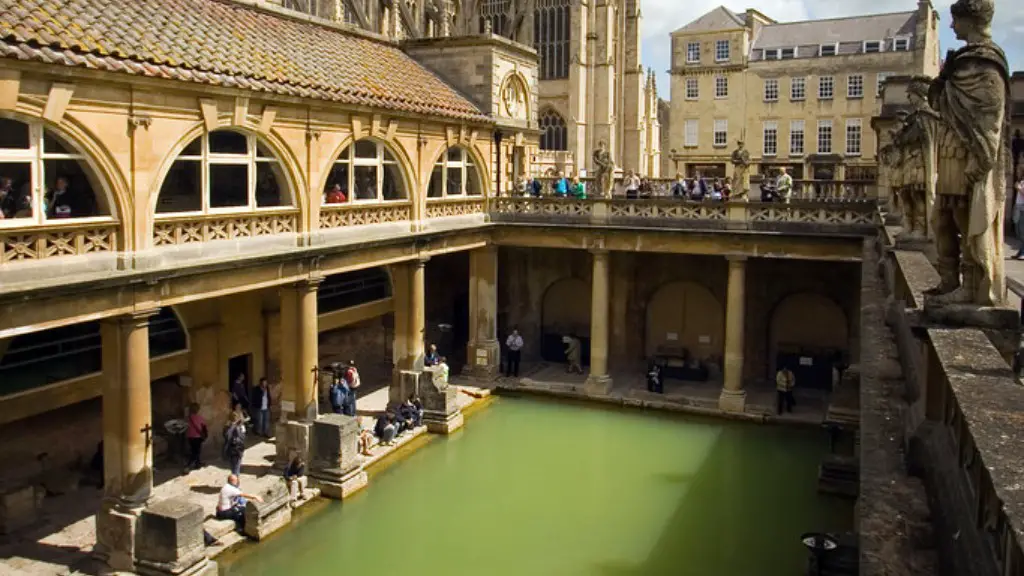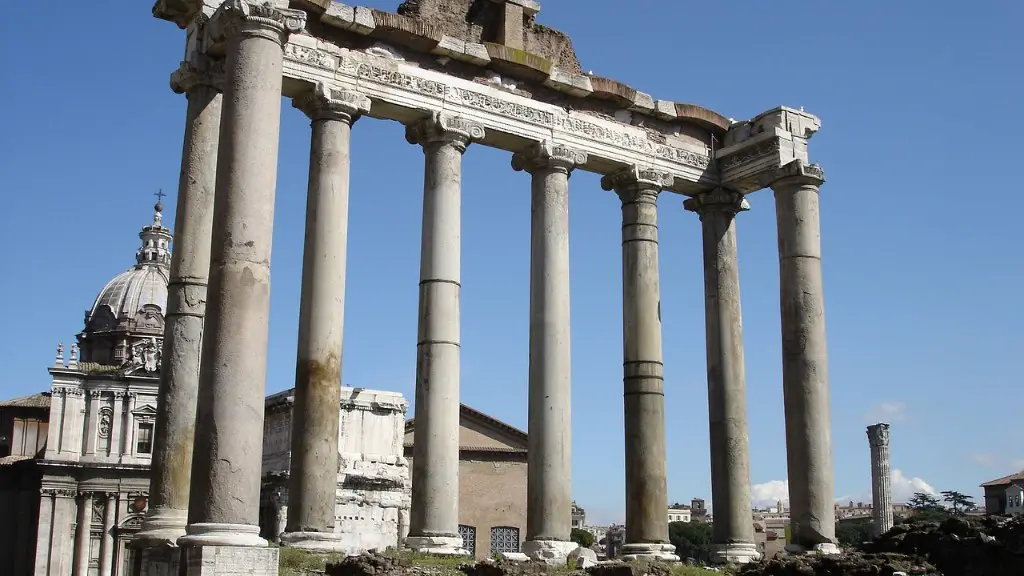Introduction to Ancient Roman Architecture
Ancient Roman architecture has had an enormous influence on the architecture of the western world. It has designed some of the world’s most incredible cities, monuments and monuments. Its accomplishments were extraordinary, as it built some of the first long bridges, raised monumental archways, and erected massive amphitheaters, bathhouses and basilicas. Its structures, including the Pantheon, Colosseum and Forum of Rome, remain iconic, inspiring admiration, imitation and study all over the world. Ancient Roman architecture created one of the most enduring, long-lasting and influential architectural legacies in history.
Critical Features of Ancient Roman Architecture
Ancient Roman architecture is characterized by its pioneering use of concrete and its application of unique building techniques. Its architecture also featured numerous columns, arches, and domes. Ancient Romans used a range of materials, including timber and stone, in their dwellings and public buildings. Some of the most iconic Roman architectural elements included the tripartite elevation, surrounded by Corinthian columns in the traditional Greek style, and the rise of the Roman Tuscan and Composite Orders.
Unlike the Greeks, Roman architects assembled their buildings in patterns of symmetry, scale and taste. Their use of triangles, semicircles and circles created formal balance and vista. Similarly, Ancient Romans used a variety of decorative devices to create visual interest, such as column entablatures, rounded or concentric arches, and decorative marble panels.
Famous Ancient Roman Buildings
Some of the most influential and recognizable ancient Roman buildings that survive today are the Colosseum, the Pantheon, and the Roman Forum. The Colosseum, which was constructed during the first century AD, provided 50,000 spectators with the opportunity to watch gladiatorial sports and wild animal fights. The Pantheon was built in 126 AD and is the best-preserved building of ancient Rome. Its dome still stands as one of the world’s greatest architectural achievements and contains the tombs of legendary and historical figures. The Forum of Rome, constructed between 51 and 103 AD, was a bustling, bustling commercial center and the religious and political center of the ancient city.
Influence of Ancient Roman Architecture
Architects in Renaissance Italy looked to Rome for inspiration. Its architecture was studied by Andrea Palladio and features in his Four Books of Architecture. In fact, many of the techniques and stylistic traits of Roman architecture remained in use throughout the centuries, particularly in the Baroque period. In many ways, the elements of ancient Roman architecture have come to define modern architecture in the western world.
Modern architects also look to Roman architecture for inspiration. For example, many contemporary buildings incorporate arches, columns and domes into their designs as a homage to ancient Roman architecture. In addition, the emphasis on symmetry and balance in ancient Roman design has reappeared in modern architecture.
Importance of Ancient Roman Architecture
Ancient Roman architecture is widely regarded as one of the most significant and influential architectural styles in human history. Its lasting legacy can be seen in many cities, monuments and buildings all over the world. Its legacy is profound and its importance to our understanding of architectural trends and history cannot be overstated.
The Decline of Ancient Roman Architecture
The decline of the Roman Empire in the 5th century brought a significant shift in architectural design in Rome. The Roman style of architecture was replaced by a more Byzantine style of church architecture. This new style placed a greater emphasis on the vertical, with grand domes, spires and staircases. The period of despair and spiritual transition also saw quality of construction diminish, and the once proud columns and arches of the Roman era appeared shabby and neglected.
The Ruins of Ancient Roman Architecture
Ancient Roman architecture still exists today in the form of ruins, scattered throughout the city of Rome and other parts of Italy. These ruins provide an intimate glimpse into the grandeur of the Empire and its culture, and help modern-day visitors to gain a greater understanding of the immense power possessed by the Roman Empire.
Modern Interpretations of Ancient Roman Architecture
Modern interpretations of Ancient Roman architecture can be found all over the world. From opulent buildings in New York and London, to traditional Venetian villas and churches in France, the influence of ancient Roman architecture can be seen in many urban and rural areas. Similarly, modern architects are inspired by the designs used by Romans centuries ago to create contemporary buildings that pay homage to this influential style of architecture.
Accuracy of Ancient Roman Architecture
The accuracy of the ancient Roman measurements used to construct their buildings is remarkable. The Romans developed their own system of measurements and units, which was used for all buildings and structures, including their intricate civic buildings. Their systems of mathematics, geometry, and engineering allowed them to create accurate, large-scale structures with mathematical precision.
Legacy of Ancient Roman Architecture
The legacy of ancient Roman architecture has been a strong influence on the development of architecture for centuries. From the Colosseum and Pantheon to modern-day buildings, it has inspired generations of architects and influenced building styles all over the world. Its decorative features, innovative construction methods, and influential columns and arches are still featured in today’s buildings and monuments and will likely remain so for centuries to come.


